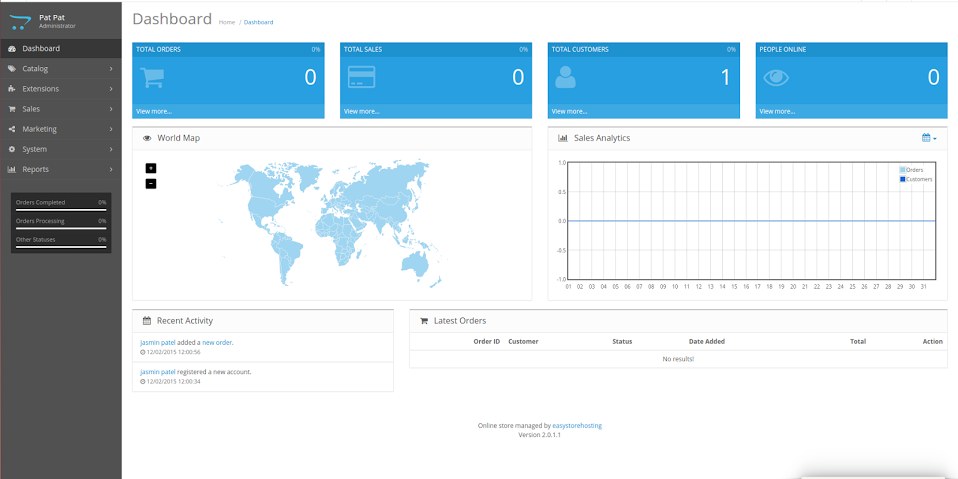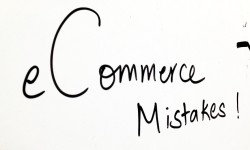How To Reduce Product Returns in eCommerce Market
Let's Make eCommerce Sustainable
Free shipping and convenient return policies have given a huge boost to online sales, but the little-known secret of eCommerce is that this has also increased the tide of goods flowing back to retailers. According to a report from Wall Street Journal, about a third of all online purchases are returned by shoppers and therefore retailers have to keep pushing tactics to enable shoppers to make the purchases that they will keep.
This leads to a bigger question; “How Sustainable is eCommerce with increasing rate of Product Returns?”
Well, as we know now, returns exist just like other things which we deal with whether we like it or not - taxes, political agendas, pests, grade reports, etc. But if you think about it, it all exists for a reason/s: to help us keep a tab on reality, to experience inter-dependence for a cause and to take measures to overcome and win a situation or lose one!
Is it possible to turn this activity into a sustainable offering? Yes, it is!
With increasing eCommerce players, Online shopping continues to grow and so does the importance of managing the stock, customer information, and returns. Previously we talked about how monitoring shopping cart abandonment rate is a critical point of customer interaction. Another critical point to engage in conversation with the buyer is Product Return.
Return Experience
Customers may return items for various reasons - wrong size, defective product, they didn’t find it anywhere close to what they had imagined it to be or they just changed their mind and got disinterested. Whatever may be the reason, customers want a smooth return experience. A hassle free process with no surprises. Sometimes, a well-received return experience may increase the number of returning customers and/or referrals and indeed a good return policy can change an unhappy customer into a repeat buyer. In my opinion, online sellers should consider returns as an opportunity to showcase their customer service rather than viewing it as an evil. A customer satisfied with return experience is far more likely to leave you a review if you have provided genuine support and prompt response.
While improving customer service how can online sellers reduce returns?
Customer satisfaction ranks high where online sellers provide liberal return policy and a convenient return process. A significant 63% of online shoppers first look at seller’s return policy and shipping costs. The simpler the return policy better the chances of purchase in the first place.
The return policy should communicate three simple things:
- Maximum allowable time within which customer can return the product
- Circumstances under which the return will be accepted
- How will the customer be refunded
Talking about framing a return policy an easy-to-use tool to generate return policy can come in pretty handy for starters. This free tool will generate a standard return policy that covers all important topics and can be then adapted to suit individual online store philosophy. Still, having a liberal return policy acts as a catalyst to increase product returns, easily. Our aim is to reduce it. How do we do it? What helps? What works?
Who Plays The Key Role in Reducing Returns?
Your distribution center. Whether you have a third party logistics provider, your own distribution center or you maintain, manage & ship parcels totally yourself, doing it right the first time is the first defense in reducing returns. The more checks and balances involved at this stage, lesser the chance of receiving back goods sold. A sanity check on condition of the product to be shipped- damaged, broken parts, free of dirt, standard shipping procedures, appropriate packaging, scanning of barcode or item code, inventory auditing, etc. goes a long way in ensuring customers receive what they have ordered for and barely leaves any room for doubt about the product as well as you - the online seller.
Though most of us consider distribution as just another transactional task and a no brainer, I think it’s a critical task to carry out and requires special skills and an eye for detail. Sounds like a management job, isn’t it?
To take a step further, the goal of any online seller must be to not only provide the product just as described on the online store but rather a notch above. The WOW factor is retail and customer service is insurmountable and sometimes it takes only a little effort to achieve it. So, with every product you sell, you want to make yourself look better!
Everything above is an inevitable part of eCommerce. Most serious online sellers practice these.
How can you differentiate yourself? How can you make the internal process robust while reducing returns, thereby creating win-win for both: seller and buyer?
If you have received a complaint you want to address it. But do you think it helps anyone to keep receiving same complaints from the same person and not try and fix it?
That doesn't’ work, but you can help yourself. Get organized. Get a system in place to monitor and finalize returns. Wondering how many software systems do you need to operate? Managing an online store itself is a herculean task given the nature of technology. To add to that, you have to manage shipping vendors, payment gateway, inventory, and returns. And it gets more complicated as you increase your number of orders.
When do you get time to actually provide service to customers that they keep coming back to you?
Your best deal is to use a multi-channel management system and in that the one which entirely revolves around your sales activity. With such system in place you have the easiest and efficient way to record all relevant information such as name, contact details, purchase date, order history, order status, etc. and also make good use of it. Good use for returns? Yes. When you store customer’s buying preference and order history, you can prompt them with those details when the customer returns.
For e.g. A customer has twice bought from you a size 8 shirt and then returned and exchanged it for size 10. Take this opportunity and remind them, “Remember you ordered a size 8 earlier too and thought size 10 would be a better fit. Are you sure you want to buy size 8 again? Buying it for someone else?”.
With such personalized information, you are not violating the confidential information but rather helping the customer make a better decision. Once again, doing it right the first time saves both of you the time, effort and cost of returns.
How do you furthermore eliminate recurring returns?
The customer management tool allows you to keep a track of everything - that is bought and returned. It also allows you to set filters and sort to analyze which goods are returned most and why. Thus, without having to go all out and conduct a customer satisfaction survey, you have the most relevant information at your fingertips and it will tell you if you need to rethink your sizes or the shipping vendor!








